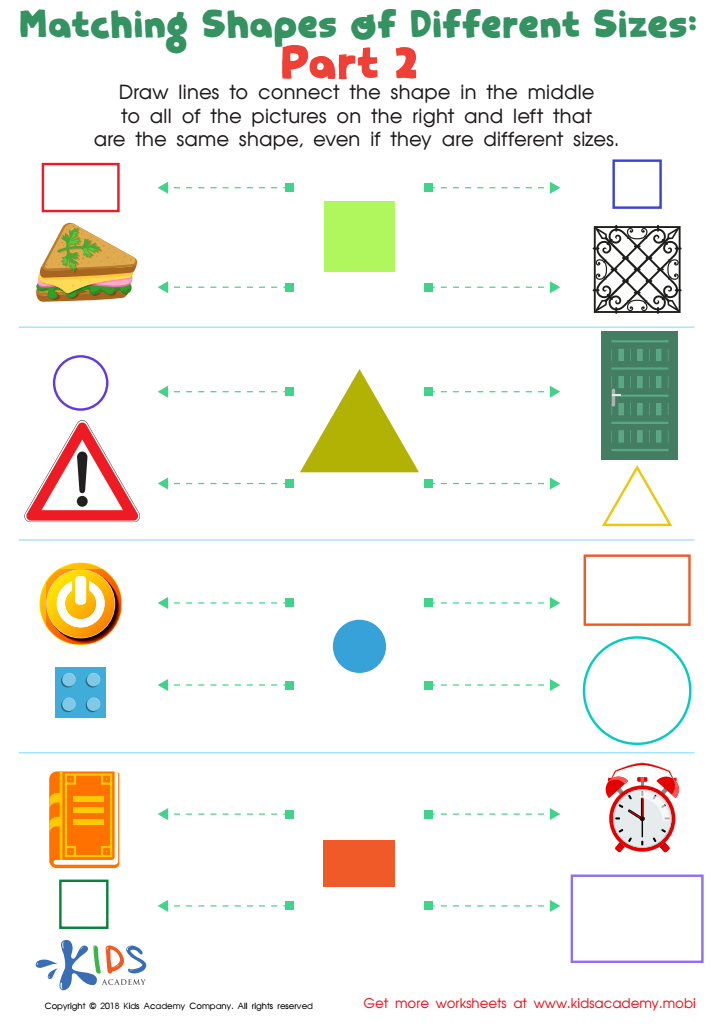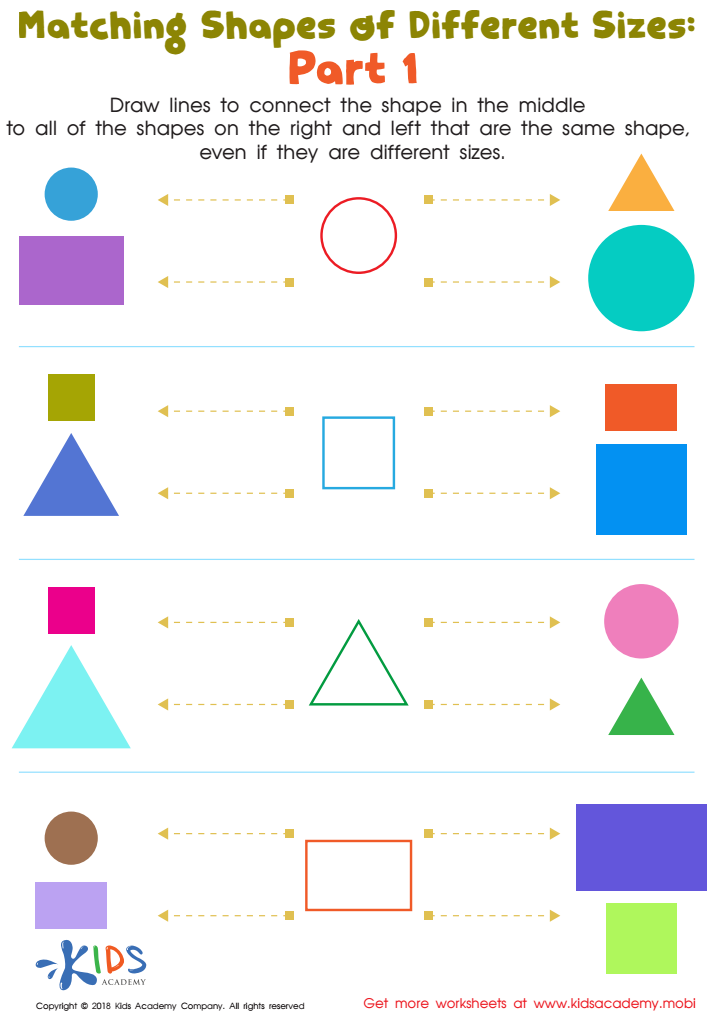-
English
-
English Pre-K
-
Unit 1: Early Literacy Skills
-
ABCs
- Pre-writing Activities
- Letter A
- Letter B
- Letter C
- Letter D
- Letter E
- Letter F
- Letter G
- Letter H
- Letter I
- Letter J
- Letter K
- Letter L
- Letter M
- Letter N
- Letter O
- Letter P
- Letter Q
- Letter R
- Letter S
- Letter T
- Letter U
- Letter V
- Letter W
- Letter X
- Letter Y
- Letter Z
-
Phonological Awareness
- Rhyming Words
- Letter Sounds B, C, D, and F
- Letter Sounds G, H, J, and K
- Letter Sounds L, M, N, and P
- Letter Sounds Q, R, S, and T
- Letter Sounds V, W, X, Y, and Z
- Letter Sounds A, E, and I
- Letter Sounds O and U
- Beginning Sounds
- Matching Letters to Sounds
-
ABCs
-
Unit 2: Vocabulary
-
Common Words
- Sorting Words into Categories
- Color Words
- Verbs and Adjectives
-
Sight Words
- Sight Words 'I' and 'Can'
- Sight Words 'You' and 'Like'
-
Common Words
-
Unit 3: Print Awareness
-
Parts of a Book
- Working with a Book
- Spaces Between Words
- Text and Illustrations
-
Picture Books and Poems
- Picture Book Text Features
- Poem Text Features
- Signs and Labels in the Community
-
Parts of a Book
-
Unit 4: Reading Literature
- Questions About Stories
- Discussing Stories
-
Unit 5: Reading Informational Texts
- Retelling Details in a Text
- Questions About a Text
- Connections Between Events
- Text Features
- Describing Illustrations
-
Unit 1: Early Literacy Skills
-
English Pre-K
-
Math
-
Math for Pre-Kindergarten
-
Logic and Geometry
-
Matching and Sorting
- Same and Different
- Which One Is a Little Different?
- Objects That Go Together
- Sorting by Color and Size
- Sorting The Same Group in Different Ways
- Patterns
-
Shapes
- Shapes in Our Environment
- Naming Shapes Regardless of Size
- Making Shapes in Preschool
- Comparing Shapes
- Relative Positions
- Sorting Shapes
-
Matching and Sorting
-
Early Number Sense
-
Numbers 1–5
- Counting to 3
- Counting to 5
- Arranging Objects up to 3 Objects
- Arranging up to 5 Objects
- Writing Numbers 1–5
-
Numbers 1–5
-
Numbers up to 10
- Counting to 10
- Arranging up to 10 Objects
- Number 0
- Writing Numbers 6–10
- Breaking Down Numbers 6-10
-
Logic and Geometry
-
Math for Pre-Kindergarten
A Square Is a Square: Naming Shapes Regardless of Size
It may seem obvious to adults that a square is a square whether it's a small square or a big square. But to the developing mind of a preschooler, this is a concept that needs to be explicitly taught. This skill requires that children understand that certain shapes have certain attributes or traits. Using academic vocabulary like bigger, smaller, longer, shorter will help to build your child’s capacity to be able to describe the things around them. Beginning with simple shapes: square, circle, triangle is important as your child works to master their observational skills. Point out objects in the world that are squares, for example. A square has four sides and all the sides are the same length. Finding multiple examples of the same shape in different objects is an excellent way to enforce the concept that the size of the shape does not change what the shape is.
This activity has examples of shapes in our world of all sizes. Ask your child if they recognize the object and talk about what it is and what it is used for. Then, describe the shape of the object together discussing the number of sides, corners (they will later learn the term angles), if it has curved lines or if it has straight lines.
The next activity enforces the idea that regardless of size or color, if the shape has the same attributes, it is still the same shape. Encourage your child to name each shape and describe them as they work through this. Using their communication skills will help them to work through the activity and leads to deeper understanding. Even if your child gets one of these incorrect, that is what we call an opportunity for learning! Guide them to see why the shapes are the same and why the other shapes are different. Engage in discussion with your child about the choices that they make during this activity to help support their understanding.
Another great activity is to ask your child to sort cut out shapes of all sizes. Encourage them to think out loud as they make decisions about sorting the different shapes. Ask them why they are putting certain shapes into a particular group. Encourage your child to describe each shape using vocabulary such as: same, different, long, short, round, corner as well as counting the number of sides.
Recognizing shapes is a concept that preschoolers spend a lot of time mastering. Being able to generalize that all shapes with the same attributes, no matter what size, are the same, takes some time to master. Keep the learning going with more activities from our catalogue.
By: Nora Brown
Elementary Teacher



